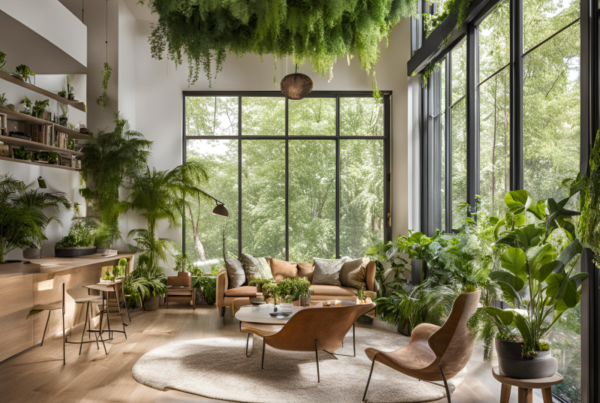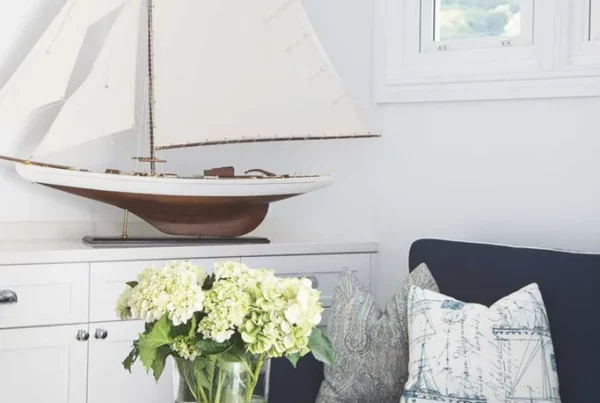In today’s design landscape, creating a stylish and functional living space can be challenging, particularly in modern townhouses or homes with limited square footage. This article offers practical solutions to enhance your interior through budget-friendly décor tips, sustainable elements, and cohesive color palettes. By implementing these strategies, you can transform your space into an inviting and well-coordinated environment without overspending or compromising your style.
Whether you’re looking to refresh your living area, incorporate eco-friendly practices, or develop a harmonious color scheme, this guide will equip you with the tools and insights needed to achieve a cohesive and beautiful home.
Table of Contents
Timeless Designs for Elegant Living Rooms
When it comes to designing a living room that exudes elegance, the key is to focus on timeless design elements that can withstand changing trends while remaining stylish. This section explores classic approaches to creating an elegant living space that not only looks beautiful but also feels welcoming and impactful. From selecting the right furniture to choosing decor, here are some principles and inspirations to help you curate a living room that remains forever in vogue.
Choosing Elegant Furniture
Furniture serves as the backbone of your living room design. Selecting pieces that balance functionality with aesthetics is essential. Here are some tips to keep in mind:
- Invest in Quality: Opt for well-constructed furniture from reputable brands or artisan makers. While they may come with a higher price tag, their durability and timeless style are worth the investment.
- Classic Silhouettes: Look for furniture with classic lines like Chesterfield sofas or velvet chairs. These pieces add a touch of sophistication without the risk of becoming outdated.
- Neutral Tones: Consider neutral colors for larger furniture items, such as creams, grays, or taupes. This allows for versatility and lets you easily accessorize with bolder colors in your rugs or wall art.
- Layering Textures: Incorporate different materials—like wood, metal, and fabric—to create a rich, inviting environment. A leather sofa paired with a chunky knitted throw can elevate the elegance of your space.

Color Schemes that Define Elegance
The color palette you choose plays a crucial role in the overall elegance of your living room. Shades can evoke emotions and dictate the atmosphere of your space. Here’s how to master an elegant color scheme:
- Monochromatic Shades: Use varying shades of a single color for a cohesive look. Soft whites, muted beiges, or subtle grays can create a serene backdrop for your elegant furnishings.
- Contrasting Accents: Pair a neutral base with jewel-toned accents like emerald greens or deep blues in your cushions or curtains to create visual interest.
- Natural Elements: Draw inspiration from nature by incorporating earthy tones such as greens and browns. Not only do they invoke a calming effect, but they also add timeless warmth to your room.
Lighting that Enhances Elegance
Lighting is a critical component in crafting an elegant atmosphere. Different lighting options can create various moods and highlight key design elements:
- Layered Lighting: Combine ambient, task, and accent lighting. A grand chandelier can serve as a stunning focal point, while floor lamps and sconces provide warmth.
- Dimmer Switches: Installing dimmer switches allows you to control the lighting level, helping to adjust the ambiance for different occasions.
- Statement Fixtures: Consider a bold light fixture that reflects your style, such as a vintage-inspired chandelier or a modern pendant lamp to add a unique touch.
Incorporating Art and Accessories
Art and accessories can dramatically transform the atmosphere of your living room. They not only express your personality but also enhance your decor:
- Curate a Gallery Wall: Choose a mix of artwork, photographs, and decorative mirrors to make a statement. This creates a focal point that draws the eye and adds depth.
- Stylish Accents: Use elegant vases, sculptures, or books to accessorize shelves and tables. Opt for pieces that complement your overall design and add a touch of character.
- Textile Layers: Invest in luxurious textiles like silk, velvet, or high-quality cotton for throws, pillows, and rugs. These elements add comfort while elevating the aesthetic appeal of your space.
Creating a timeless design for your elegant living room combines careful selection, cohesive color schemes, thoughtful lighting, and expressive accessories. For further inspiration, you can explore Miss Mustard Seed, where a wealth of ideas can help you transform your home beautifully.
 Budget-Friendly Décor Tips for Modern Townhouses
Budget-Friendly Décor Tips for Modern Townhouses
Living in a modern townhouse presents unique challenges and opportunities when it comes to decorating. However, creating a stylish and comfortable space does not have to drain your wallet. In this section, we will explore budget-friendly décor tips that can transform your townhouse into a cozy and chic living environment without breaking the bank.
1. Embrace Multifuntionality
In modern townhouses, maximizing space is key. Consider opting for furniture that serves multiple purposes. For instance, a sofa bed or an ottoman that doubles as storage can help you save both money and space. Look for pieces that are not just aesthetically pleasing but also practical, allowing you to use your space more efficiently.
2. Shop Secondhand and Thrift
One of the best ways to find unique pieces at low prices is to explore secondhand and thrift stores. Vintage furniture and décor can add character to your townhouse. Don’t overlook online marketplaces such as Facebook Marketplace or local garage sales. Often, you can find great pieces that just need a little TLC, like a fresh coat of paint or new upholstery.
3. DIY Projects for Personal Touches
Get creative and embrace your inner DIY enthusiast! Simple projects can significantly enhance your décor while saving you money. For example:
- Gallery Walls: Create an engaging gallery wall with artwork, photographs, and prints you design yourself or find in affordable shops. Utilize frames from thrift stores to add a cohesive look.
- Plant Displays: Repurpose mason jars or tin cans as stylish planters. Adding greenery not only beautifies your space but also improves air quality.
- Textile Transformations: If you have basic furniture, consider changing the upholstery of cushions or throws to instantly refresh the look without having to invest in new pieces.
4. Opt for Neutral Basics
Investing in neutral-colored furnishings creates a versatile backdrop that can be easily updated with accessories. This allows you to change your décor seasonally or whenever you feel the urge to freshen things up. Consider selecting:
- Neutral Sofas: A beige or gray sofa can be paired with colorful pillows or throws, allowing you to change the vibe of the room without needing a new couch.
- Classic Rugs: A neutral area rug establishes a warm foundation and can easily tie together diverse accessory colors.
5. Thrift Store Treasures and Upcycling
Some of the most stunning décor comes from repurposed items. Upcycling doesn’t only benefit your budget but is also an eco-friendly approach. Here are a few ideas:
- Furniture Flips: Buy inexpensive pieces and give them a new look with some paint or new hardware.
- Creative Storage Solutions: Old wooden crates can serve as attractive shelves or storage bins with minimal renovation.
6. Prioritize Lighting
Good lighting can dramatically change the ambience of your townhouse. Focus on affordable lighting solutions such as:
- Replacing Bulbs: Swap out standard bulbs for LED lights or warm-toned bulbs to create a cozy atmosphere.
- Floor and Table Lamps: Invest in accent lamps from thrift stores to brighten up dim corners.
- String Lights: These are not just for the holidays—they can create a whimsical touch year-round when draped over furniture.
By blending creativity with resourcefulness, your modern townhouse can not only reflect your personal style but also offer comfort and functionality. With these budget-friendly décor tips, you can achieve a stylish look without overspending.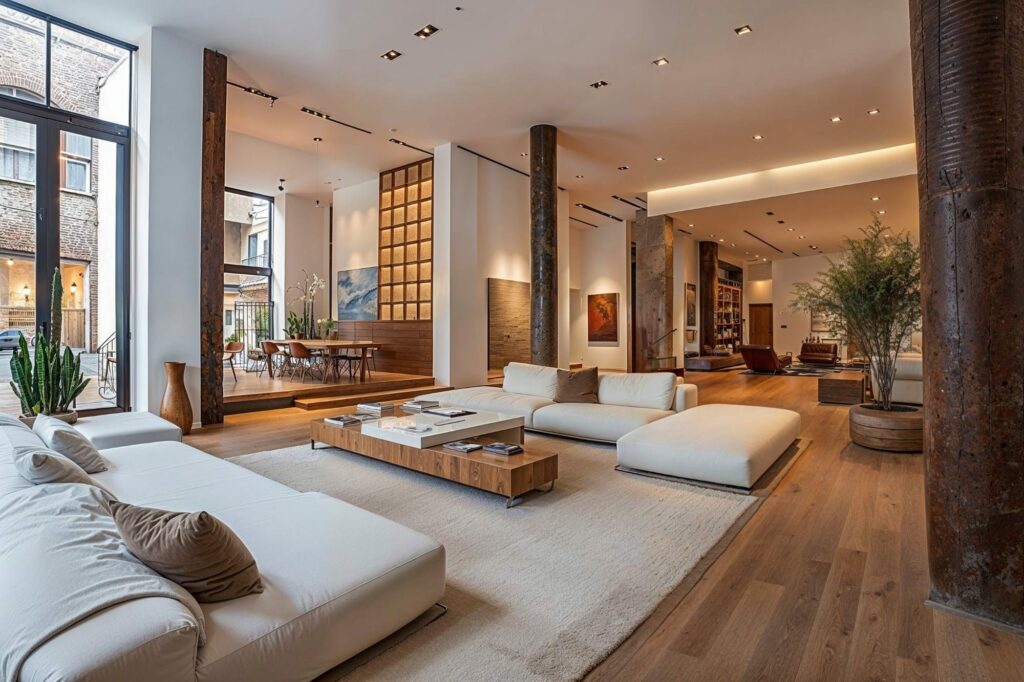
Incorporating Sustainable Elements in Your Space
In an era where environmental consciousness is at the forefront of design trends, integrating sustainable elements into your living space not only enhances its aesthetic appeal but also contributes positively to the planet. Whether you are redecorating a room or embarking on an entirely new interior design project, there are numerous ways to incorporate eco-friendly practices and materials. Let’s explore some innovative strategies.
1. Choose Eco-Friendly Materials
Opting for materials that have minimal environmental impact is a fundamental step in sustainable design. Here are some options to consider:
- Bamboo: This fast-growing grass is a durable alternative to hardwood and requires less energy to produce.
- Recycled Materials: Items made from reclaimed wood or recycled metals not only look unique but also reduce waste.
- Natural Fibers: Furniture upholstery and textiles made from organic cotton, hemp, or linen are free from harmful chemicals and contribute to a healthier indoor environment.
2. Energy-Efficient Lighting Solutions
Lighting plays a crucial role in home design and significantly impacts energy consumption. Opt for energy-efficient solutions such as:
- LED Bulbs: These consume up to 80% less energy than traditional bulbs and have a longer lifespan.
- Smart Lighting: Installing smart lighting systems can help you optimize energy use by allowing you to control lighting remotely and set schedules.
Incorporating natural light through strategic window placement can further enhance your space and reduce reliance on artificial lighting.
3. Eco-Friendly Furniture Choices
When it comes to furnishing your space, sustainable choices can make a significant difference. Look for:
- Secondhand Furniture: Thrift stores and online marketplaces offer unique pieces that reduce demand for new products, lowering your carbon footprint.
- Sustainable Brands: Many furniture brands now focus on sustainable practices. Look for certifications like FSC (Forest Stewardship Council) that ensure ethical sourcing of materials.
4. Indoor Plants for Natural Air Purification
Bringing nature indoors not only enhances the beauty of your space but also improves air quality. Some popular indoor plants that are easy to maintain include:
- Spider Plants: Effective at removing pollutants like formaldehyde.
- Peace Lilies: Known for their ability to clean the air and thrive in low light.
- Snake Plants: These are hardy and require minimal water while improving indoor air quality.
5. Incorporate Energy-Efficient Appliances
Upgrading to energy-efficient appliances is another essential aspect of sustainable living. Look for products with ENERGY STAR ratings, as these appliances consume less energy and water. Additionally, investing in appliances that use renewable energy sources, such as solar-powered water heaters, can further reduce your household’s ecological footprint.
6. Sustainable Decor and Textiles
When it comes to decor, consider textile and decor items made from sustainable materials. Here are some ideas:
- Organic Curtains: Opt for window treatments made from organic cotton or linen.
- Eco-Friendly Paint: Choose paints that are low in volatile organic compounds (VOCs) for healthier indoor air.
- Art from Local Artists: Support local artisans and crafters who use sustainable practices by showcasing their work in your home.
Incorporating sustainable elements into your space transcends aesthetic value; it reflects a responsible approach to living. By choosing eco-friendly materials, embracing energy-efficient solutions, and supporting sustainable brands, you can create a home that is not only stylish but also aligned with a commitment to a healthier planet.
For further reading on sustainability in design, check out the article from Green Building Advisor, which outlines effective strategies for incorporating sustainable practices into various areas of architecture and design.
Creating Cohesive Color Palettes for Stylish Interiors
When it comes to designing stylish interiors, one of the most critical elements is the color palette. A cohesive color palette not only brings aesthetic appeal but also creates a harmonious flow throughout your living space. By carefully selecting and combining colors, you can transform any room into a visually stunning oasis. Here’s a detailed guide to help you craft your perfect color scheme.
Understanding Color Theory
To create a harmonious color palette, it’s essential to grasp the basics of color theory. This involves understanding the color wheel, which categorizes colors into primary, secondary, and tertiary groups. Some foundational concepts include:
- Complementary Colors: Colors located opposite each other on the color wheel, like blue and orange, create a vibrant contrast when paired together.
- Analogous Colors: Colors that are adjacent on the wheel, such as blue, blue-green, and green, provide a serene and cohesive look.
- Triadic Colors: Three colors evenly spaced around the wheel, like red, yellow, and blue, can create a balanced yet colorful scheme.
Choosing Your Base Color
The base color serves as the foundation of your palette. This is typically a neutral or soft hue that can be paired with bolder shades. When selecting a base color, consider:
- Room Purpose: The function of the room can guide your choice. For tranquil spaces like bedrooms, opt for soft blues or greys, while lively areas like kitchens may benefit from warmer shades.
- Lighting Conditions: Natural light can affect how colors appear. Test samples in the room at different times of the day to see how they interact with your space’s lighting.
Incorporating Accent Colors
Once your base color is chosen, it’s time to introduce accent colors. These are typically bolder hues that add dimension and interest. Here’s how to effectively incorporate these colors:
- Use Sparingly: Apply accent colors through decorative elements like cushions, artwork, or rugs to prevent overwhelming the space.
- Balance and Contrast: Pair bright accents with your base color to create a striking effect. For a cozy atmosphere, consider warm tones that complement your chosen base.
Creating Depth with Layered Shades
Layering different shades of the same hue can add depth and sophistication to your interior. This technique, known as monochromatic design, involves:
- Varying Saturation: Combine light, medium, and dark shades of a single color to create visual interest while maintaining a cohesive look.
- Textures and Patterns: Integrate varied textures (soft fabrics, glossy finishes) and patterns (geometric, floral) within the same color family to enhance depth.
Using Nature as Inspiration
Drawing color inspiration from nature can lead to striking and harmonious palettes. Observe the colors found in landscapes, gardens, or even seasonal changes. Examples include:
- Ocean Vibes: Utilize shades of blue, sandy beige, and bright corals to evoke a coastal feel.
- Forest Retreat: Earthy greens, browns, and soft autumnal colors can create a serene and grounded atmosphere.
Tools and Techniques for Color Planning
To effectively visualize your color choices, leverage modern tools and techniques:
- Color Swatches: Acquire paint swatches from local stores to compare colors in your space.
- Online Color Tools: Use digital platforms like Coolors to generate and experiment with color palettes.
- Design Apps: Explore apps that allow you to visualize colors in a room setting, helping you finalize your choices.
Creating a cohesive color palette is not just about combining colors; it’s about crafting an emotional response and an immersive experience within your space. By understanding color theory, artfully selecting base and accent colors, layering shades, drawing inspiration from nature, and utilizing planning tools, your interiors can become a stylish representation of your personality and taste. Creating an elegant and timeless living space involves a strategic approach to color, lighting, and accessories. Start with a cohesive color palette that blends neutral bases with contrasting accent colors to enhance visual interest. Utilize layered lighting, such as a grand chandelier paired with floor lamps and dimmer switches, to set the mood and highlight focal points. Accessorize with art, stylish decorative elements, and luxurious textiles to express personality and elevate your decor.
For budget-friendly decorating in modern townhouses, focus on multifunctional furniture, shop secondhand, and engage in DIY projects for personalized touches. Stick to neutral basics that allow for seasonal updates and explore upcycling to give new life to vintage finds. Prioritize energy-efficient lighting solutions and indoor plants to create a warm, inviting atmosphere, all while keeping style and sustainability at the forefront of your design choices.


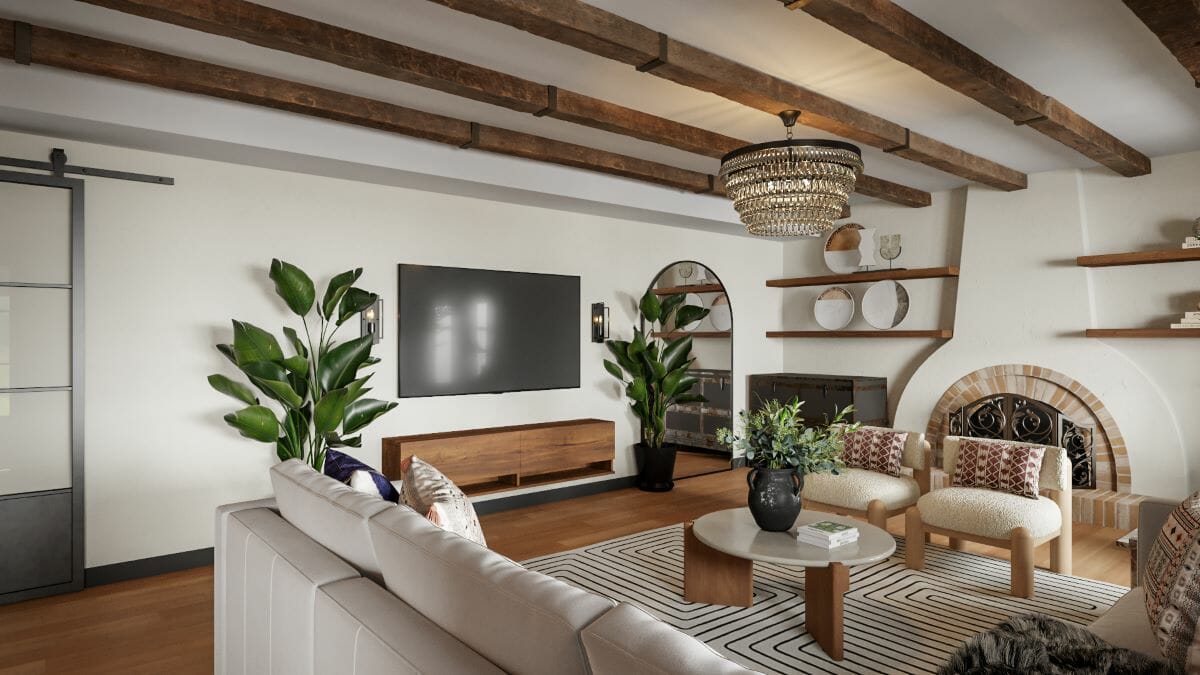

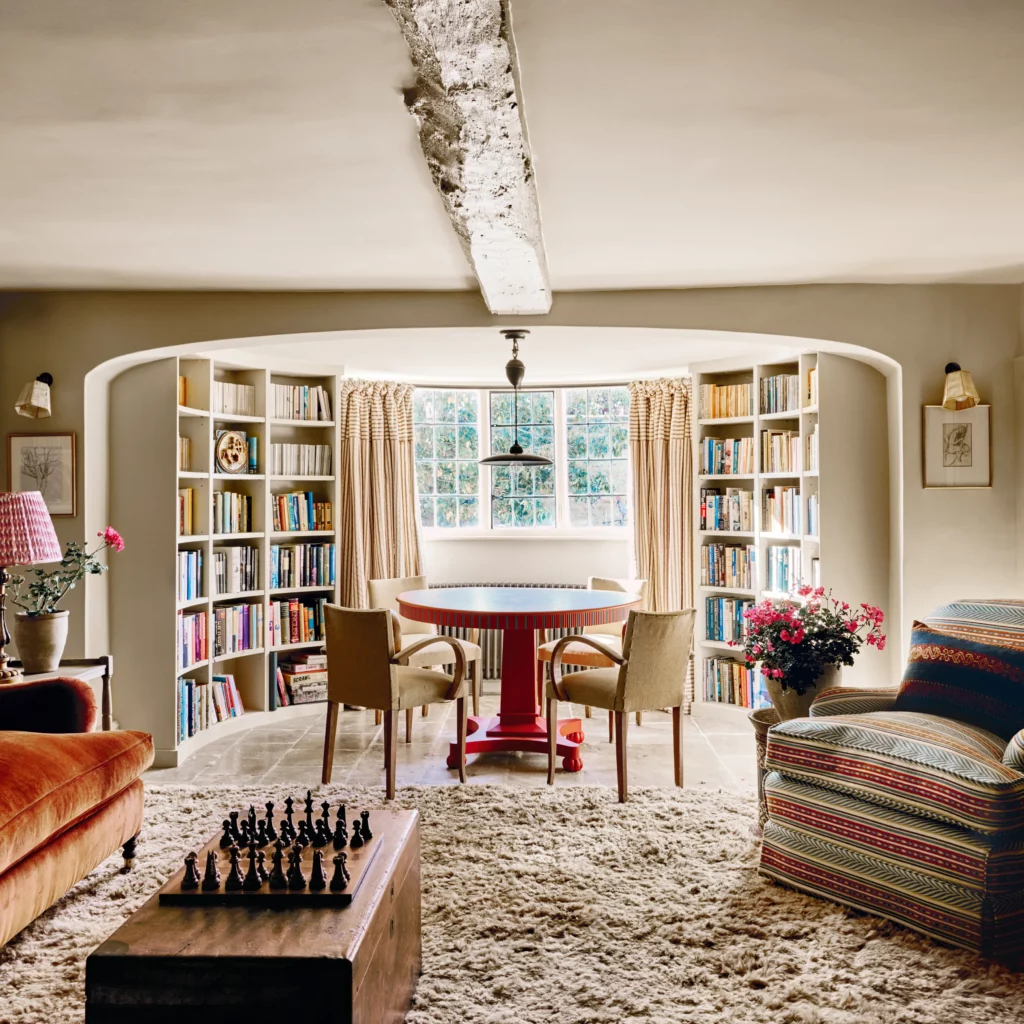 Budget-Friendly Décor Tips for Modern Townhouses
Budget-Friendly Décor Tips for Modern Townhouses